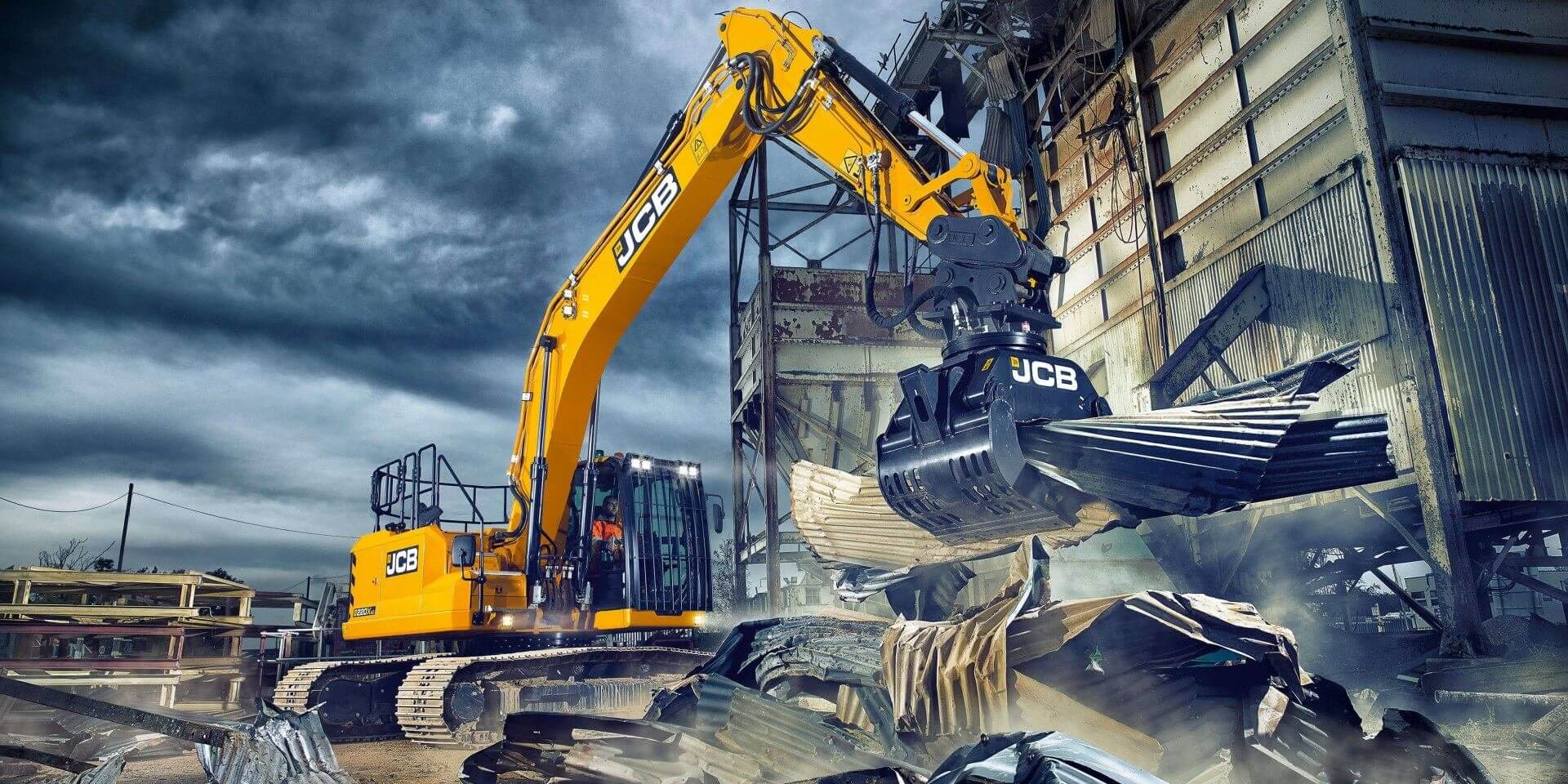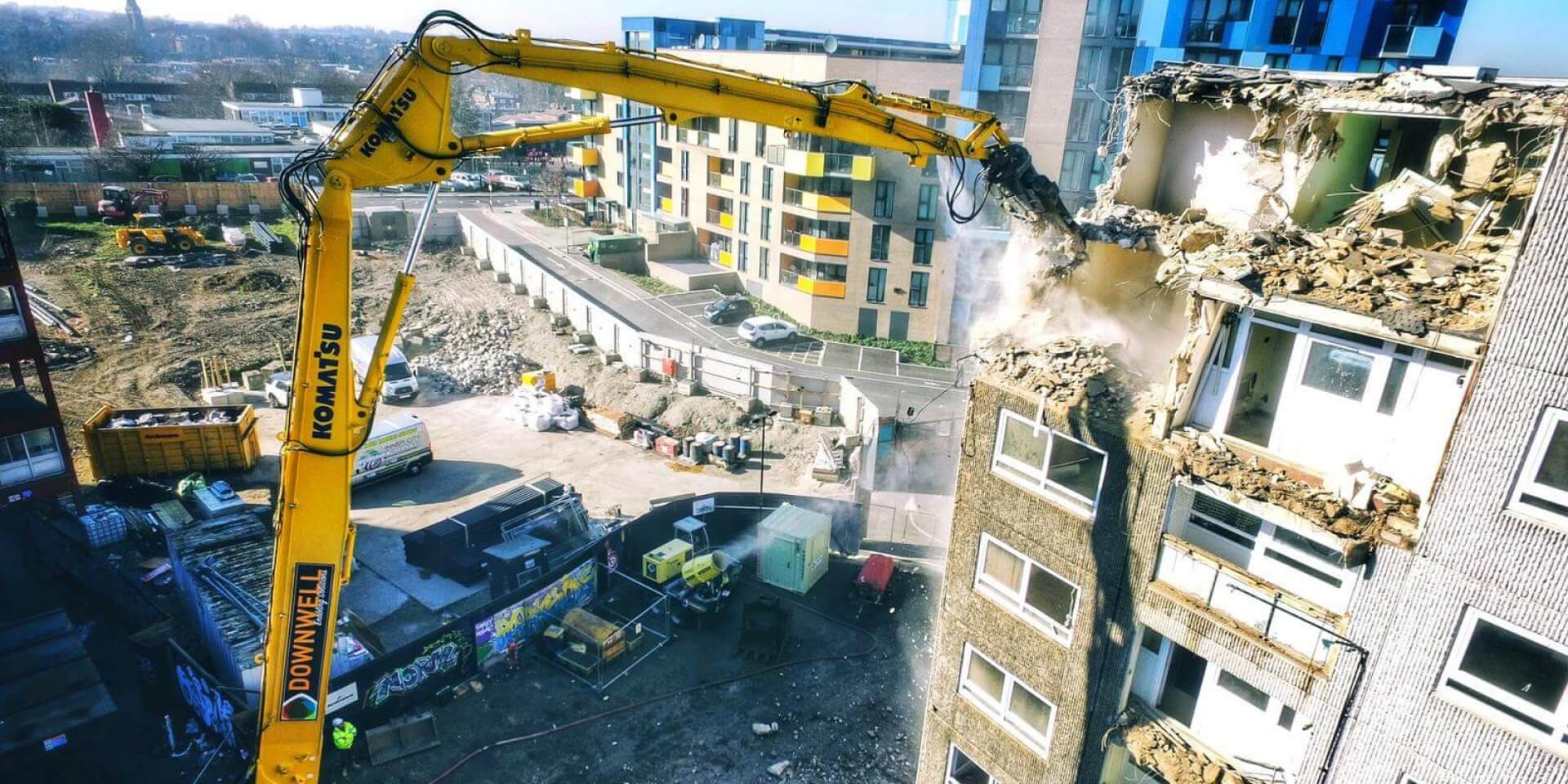
I’d like to tell you a story. It is a story that can trace its origins back to a Toyota factory in Toyota City, Japan in the 1950s. Our tale centres around an engineer named Taiichi Ohno, who is remembered as the man who shaped Toyota’s production system.
Now, as in all factories, there was a constant pursuit of ever-greater efficiency at this particular Toyota factory. And that was a problem. You see, efficiency and output climbed higher every day, but mistakes piled up too, with minor defects snowballing into costly recalls. The workers noticed these issues, but stopping the production line was unthinkable. And yet, good old Taiichi Ohno spotted a solution to these growing problems. And that solution was the workers themselves.
He proposed a simple solution. A solution he called The Andon Cord. Any worker, at any time, could pull that cord and halt the entire line to fix an issue or a defect on the spot, rather than allowing it to progress down the production line.
The Andon Cord worked. It didn’t just change Toyota; it changed manufacturing around the world. The success of the Andon cord was not due to technology but rather the culture of ownership it fostered.
Successful though the Andon Cord concept was in the sphere of manufacturing – and then later in software development, health care and customer service – it would not and could not work in the UK demolition and construction sector, even though the industry is plagued with defects that cost it upwards of £20 billion per year in reworks.
This article continues on Demolition Insider. Please use the link below to access this article FOR FREE.





